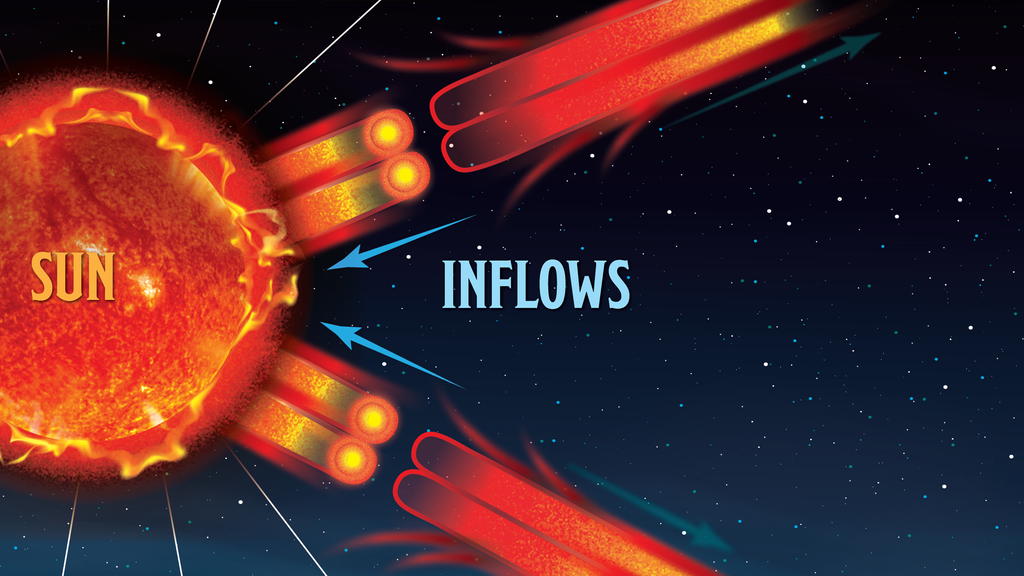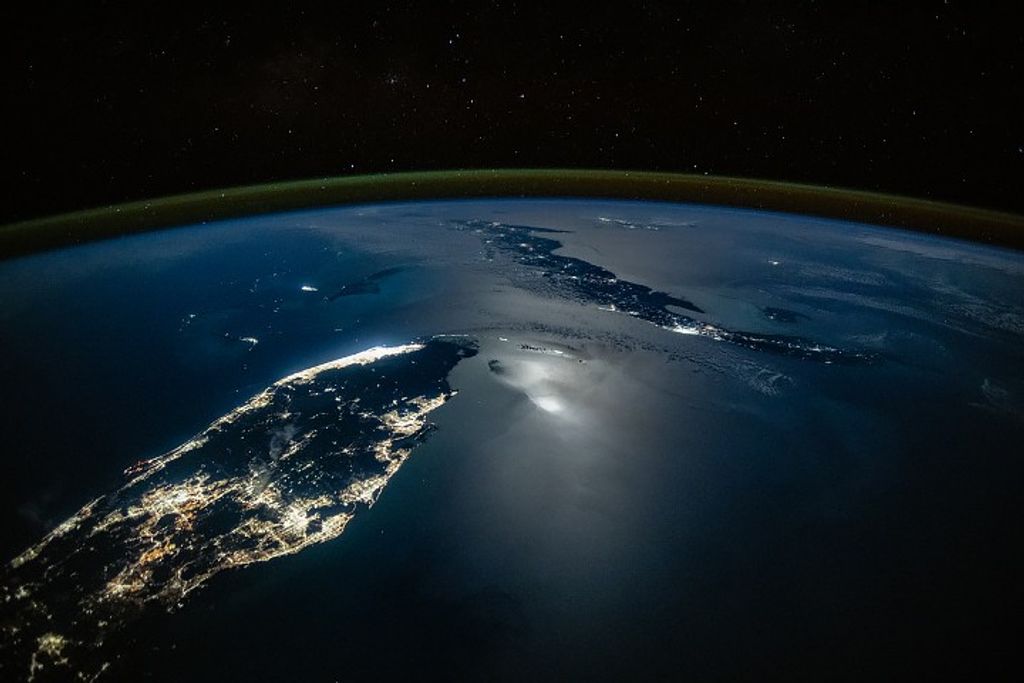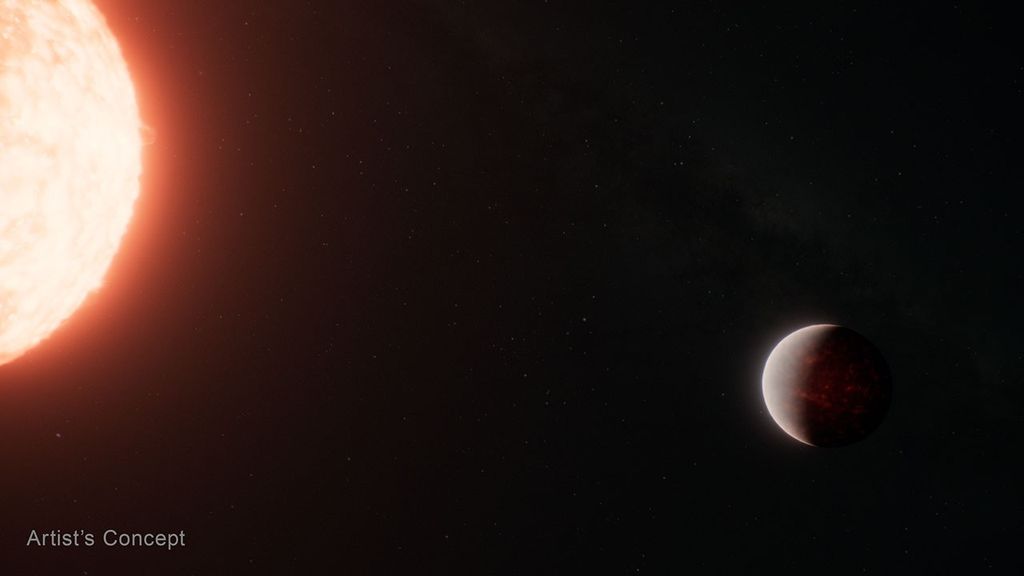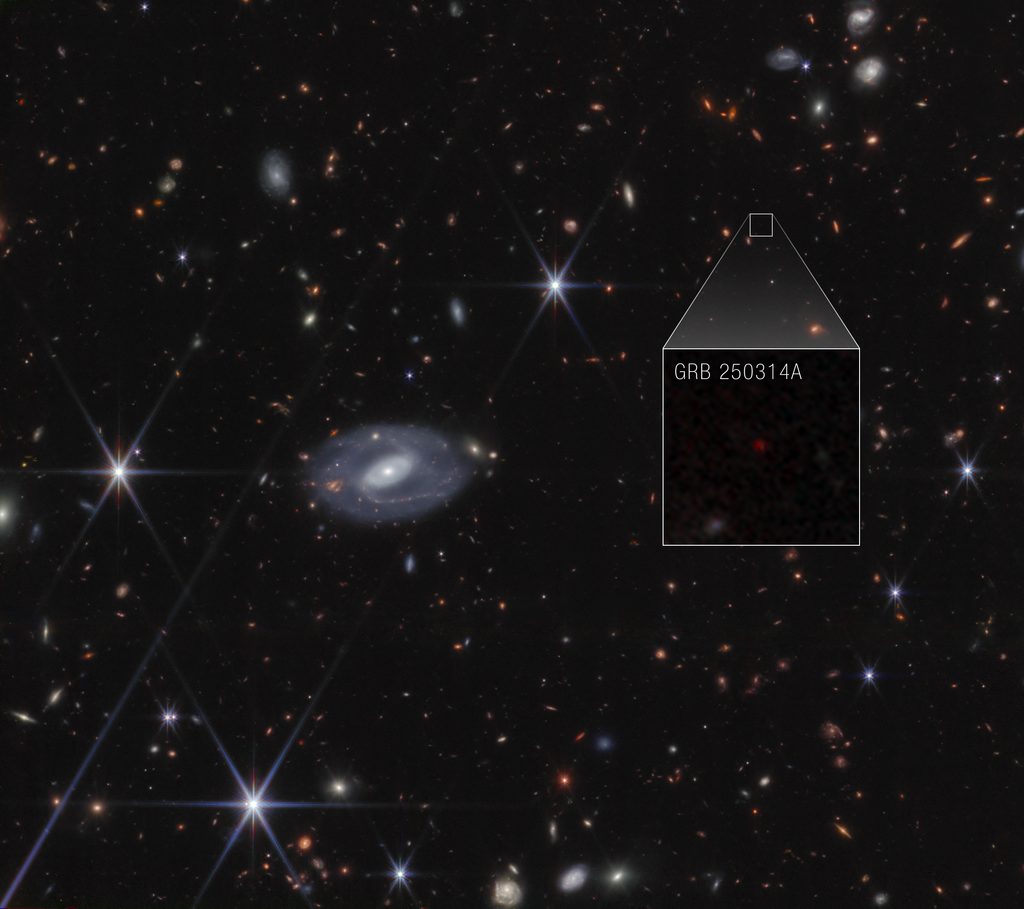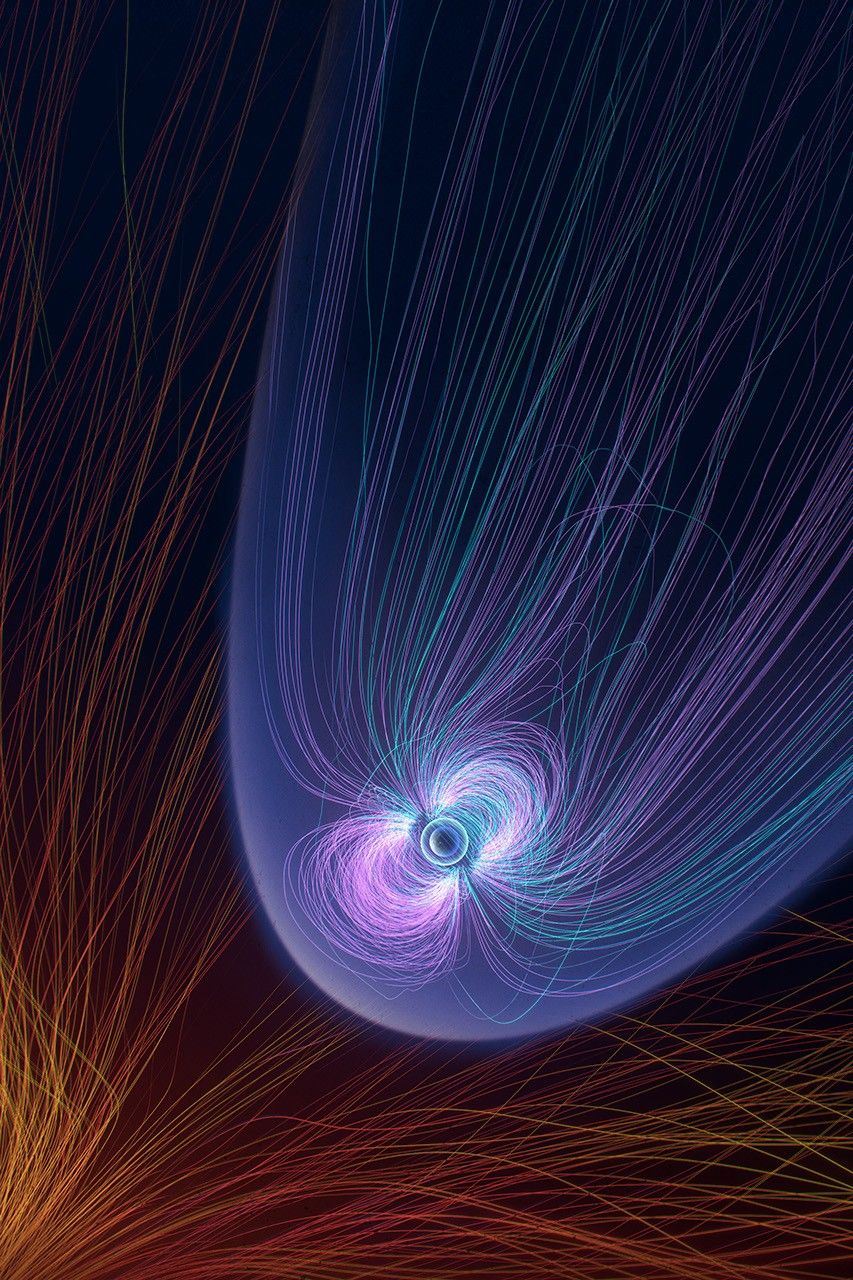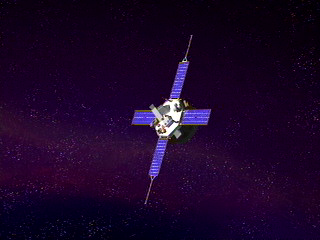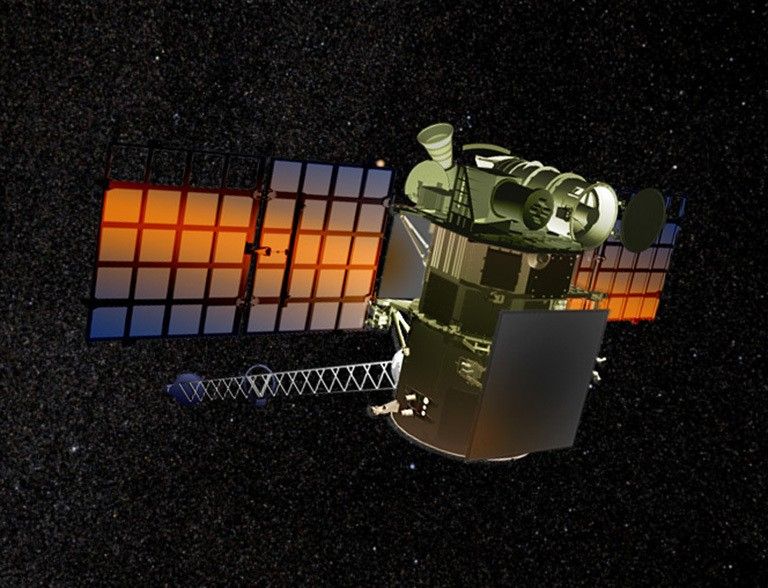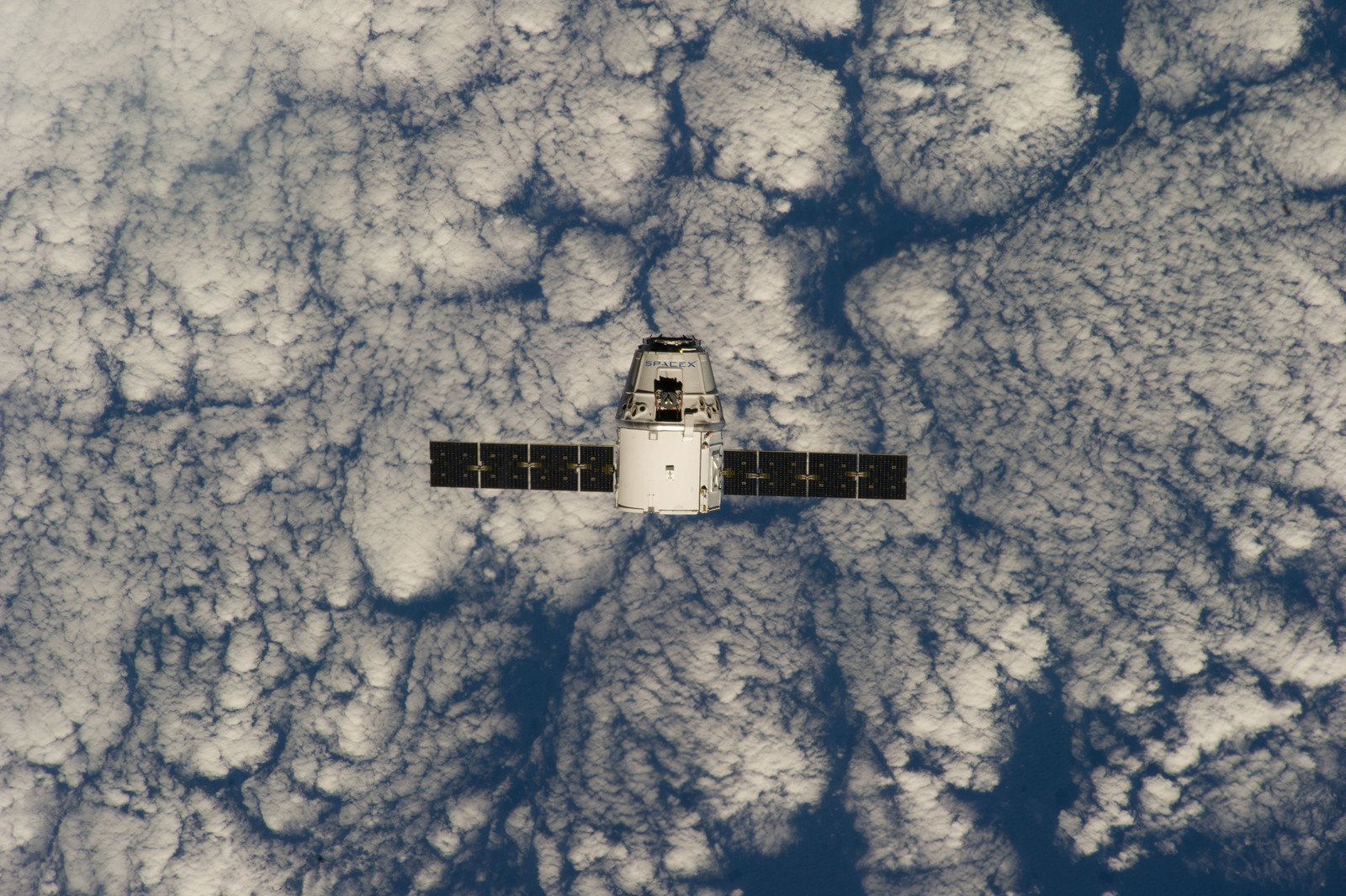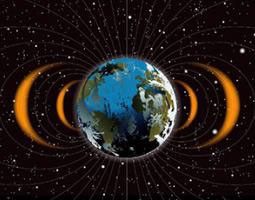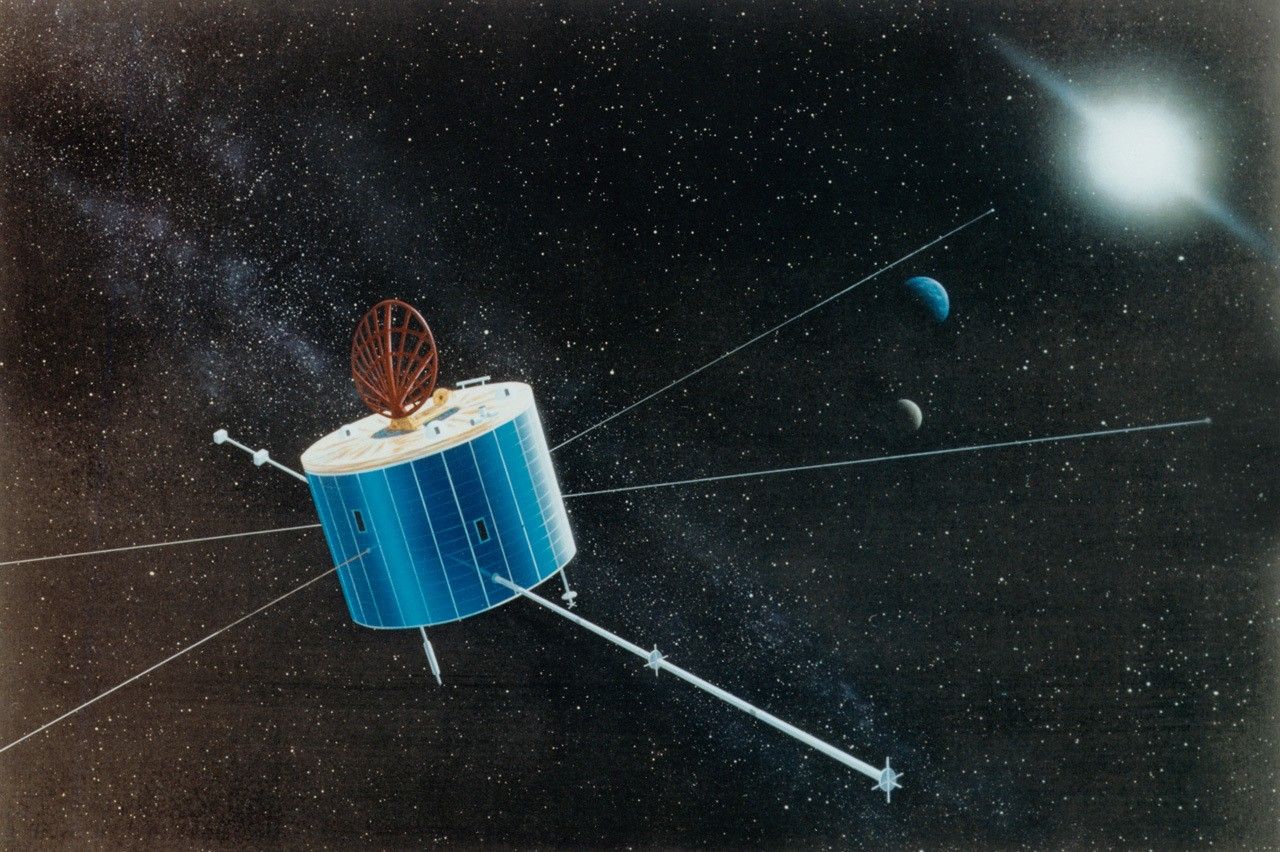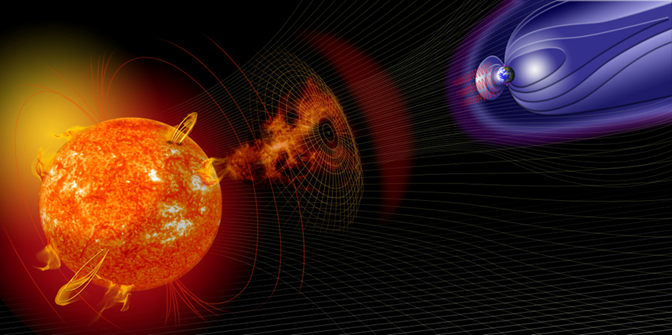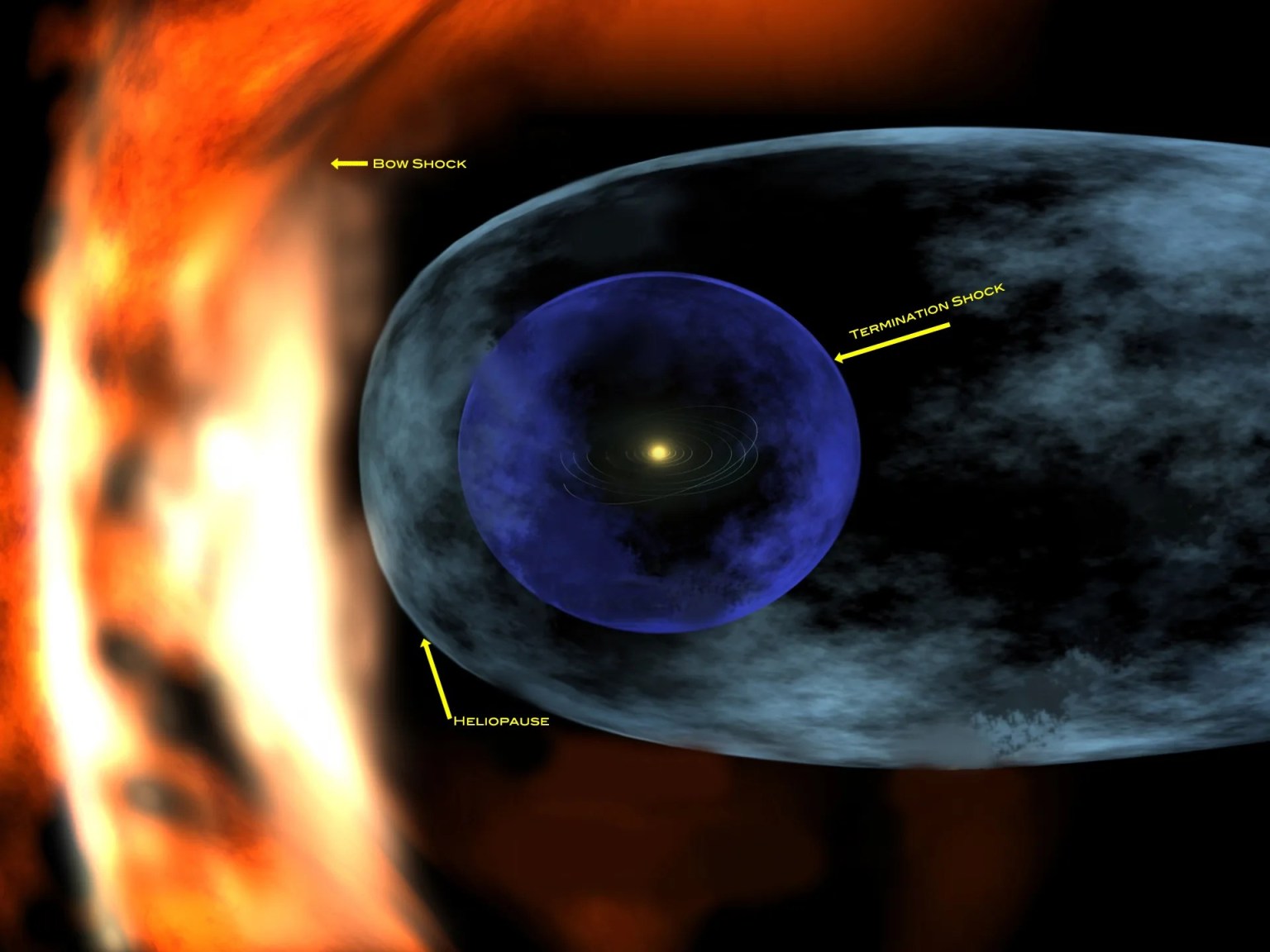About The Center for Geospace Storms
The DRIVE Science Center for Geospace Storms (CGS) aims to unravel the complex web of interactions during solar storms in geospace, the roughly one million miles of space that surrounds Earth. To do this, the CGS DRIVE center is building a physics-based, predictive, community model of stormtime geospace called the Multiscale Atmosphere-Geospace Environment (MAGE) model.
| Location | The Johns Hopkins University Applied Physics Laboratory |
| Focus Area | Physics Based, Predictive Modeling of Stormtime Geospace |
| Director | Slava Merkin |
| Deputy Director | Michael Wiltberger |
Geomagnetic and Atmospheric Response to May 2024 Solar Storm
This visualization shows the Earth's magnetosphere being hit by a geomagnetic storm. The MAGE model simulates real events that happened throughout May 10-11, 2024.
Learn MoreStormtime Geospace
Storm time geospace is made up of a tangled web of interactions that vary from small to large scale all at once. This has been overwhelmingly challenging to predict or simulate. In addition to creating dazzling auroral displays, these interactions can endanger or harm astronauts, disrupt satellite communications, damage spacecraft, or even cause blackouts on the ground. This makes it imperative for scientists and researchers to study these interactions to help predict space weather events.
While the MAGE model is being built, CGS tests the model using several existing and available datasets using ground- and satellite-based measurements. This enables CGS to discover, understand, and quantify the connections across scales, domains, and energy populations that occur in stormtime geospace.
CGS empowers the heliophysics community by delivering an open-source whole geospace, multi-physics simulation model to facilitate widespread research. Along with its partners, CGS provides robust training, research, and career development opportunities for undergraduate and graduate students, postdoctoral and early career scientists in the pursuit of developing a NASA heliophysics workforce of the future. Other broadening impacts activities include enhancing the nation’s readiness for space weather events and informing the public about the wonders of heliophysics. The CGS website has much more information about this exciting DRIVE Center.
Contributing Institutions
- The Johns Hopkins University Applied Physics Laboratory (JHU/APL)
- The U.S. National Science Foundation National Center for Atmospheric Science (NSF NCAR)
- University of New Hampshire (UNH)
- Virginia Tech (VT)
- Rice University
- University of California, Los Angeles (UCLA)
- Syntek Technologies
Collaborators
- American Museum of Natural History
- Maryland Science Center
- NASA Community Coordinated Modeling Center









